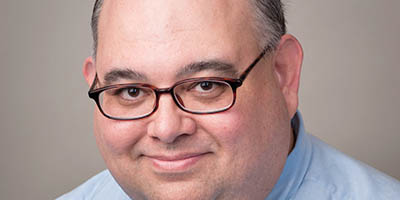by Michael Podrebarac
Several days ago, Pope Francis reminded those pres-ent for Mass at his residence that the sacred liturgy is not merely a gathering for prayer or a mere social activity but, rather, a genuine theophany — an actual visitation by God to his people.
“The presence of the Lord is real, very real,” the Holy Father stressed.
His comments caused me to pause and ask if this is how we really see things. As consultant for liturgy for the archdiocese, I receive a good deal of correspondence regarding the liturgical life of our parishes.
While most of it is constructive, virtually all of it is concerned with matters of rubrics (whether or not the rites were done “correctly”) or aesthetics (such as the kind or quality of music sung).
Such issues are important in their own right, to be sure. The liturgical norms exist to assist the clergy and lay faithful in celebrating according to the church’s liturgical mind. And liturgical artistry should never draw our attention away from the liturgical action.
But a narrow focus on vestments, gestures, artistic concerns and even liturgical forms risks pulling us away from the core of what the sacred liturgy really is: the visitation of God to his people, a true and genuine theophany.
In the Mass, the mystery of God is communicated through visible signs. These signs have meaning and importance. But even in a “perfect” celebration of the liturgy (however one might define that), it is the very presence of God that should capture and possess the imagination and participation of each worshiper.
The Mass, the pope said, “is a real commemoration, in other words, a theophany; God draws close and is with us, and we share in the mystery of Redemption.”
The very essence of the sacraments is Our Lord’s desire to be as intimately present to us as possible, doing for us today the same things he did for those with whom he lived while he was present on earth in the flesh.
The Mass is not a mere representation, but a theophany — one in which God is pleased to enter into earthly time, and in which we are pleased to enter into heavenly time. The signs and symbols of the earthly liturgy may assist us in this exchange of time, but are no substitute for experiencing the very mystery of God’s presence, in which we are called to participate. In this sense, every Mass is beautiful, despite human limitations.
Let us take time at each Mass to prayerfully collect ourselves before the Lord, to commit ourselves to par- ticipate in the divine action through the sacramental rites, and to consciously receive — in word and sacrament — the visitation of God to his people.


